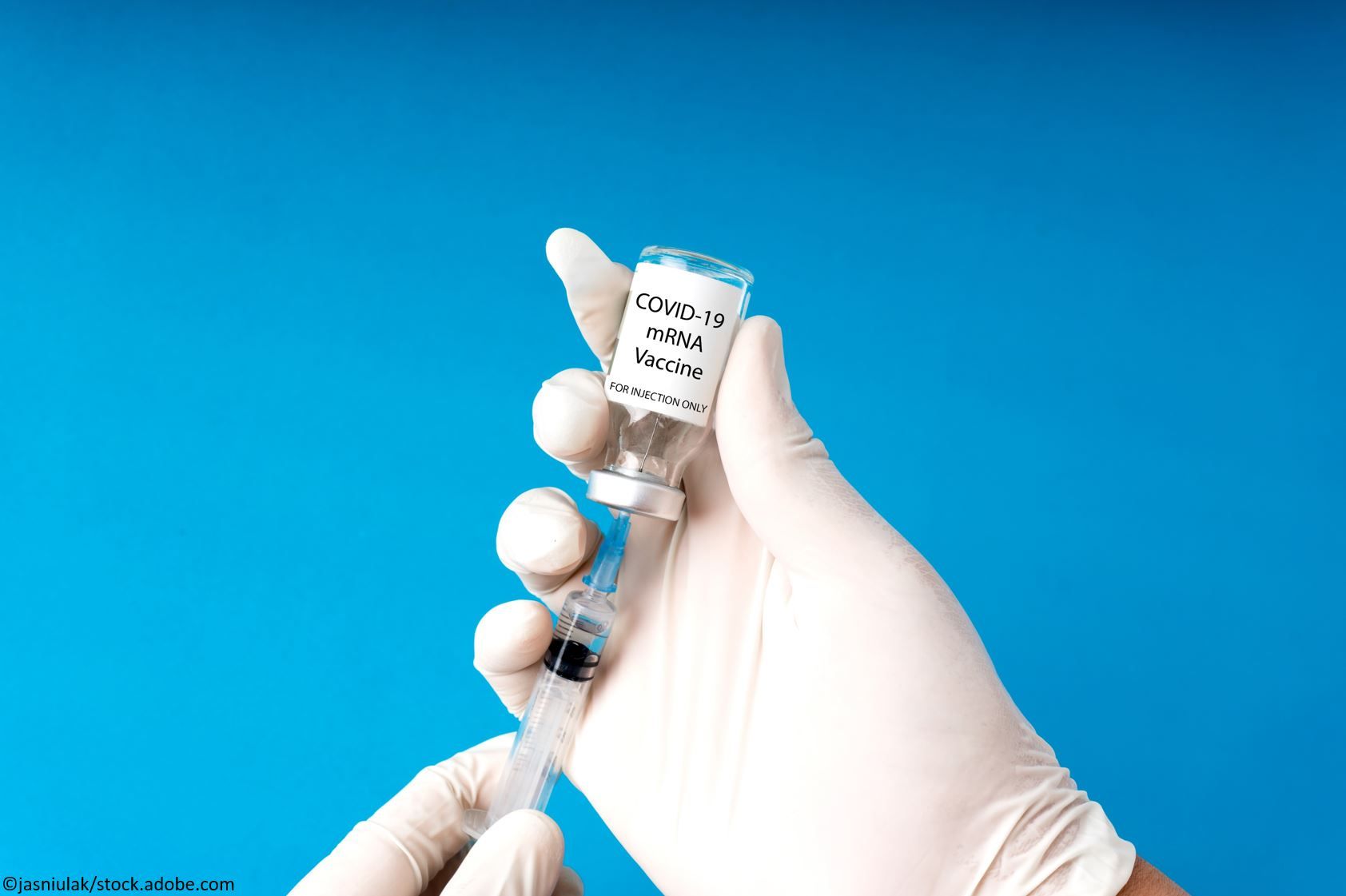- Clinical Technology
- Adult Immunization
- Hepatology
- Pediatric Immunization
- Screening
- Psychiatry
- Allergy
- Women's Health
- Cardiology
- Pediatrics
- Dermatology
- Endocrinology
- Pain Management
- Gastroenterology
- Infectious Disease
- Obesity Medicine
- Rheumatology
- Nephrology
- Neurology
- Pulmonology
IDWeek 2023: New Research Identifies Disparities in COVID-19 Vaccine Coverage Within a Large, Racially and Ethnically Diverse Population
IDWeek 2023. The study identified disparities in coverage related to age, race, ethnicity, household income, insurance status, and prior influenza vaccination.
This article is part of our IDWeek 2023 coverage. You can find all of our news here.

A new study identified disparities in primary series COVID-19 vaccine coverage within a diverse population of more than 3.3 million individuals accessing care in a national network of community-based health care organizations. The researchers looked at factors including age, race and ethnicity, household income, insurance status, and prior influenza vaccination. More than half the population identified as having a household income below 100% of the federal poverty level.
Among the study’s key findings—while being fully vaccinated increased with age to a high of 63.4%, full vaccination across age groups in this population was consistently lower than national coverage estimates.
The full findings are being presented during a poster session at IDWeek 2023, being held from October 11-15 in Boston, MA.
“There are known disparities in U.S. COVID-19 vaccination by race, ethnicity, and rurality, but there is limited information on national trends in vaccine uptake in a large, racially diverse population spanning all ages,” wrote presenting author Holly C. Groom, MPH, research associate, Kaiser Permanente Center for Health Research, Portland, Oregon, and colleagues in the study abstract.
To evaluate what individual social determinants of health are associated with an uptake in COVID-19 vaccination, researchers identified all individuals aged ≥6 months who had at least 1 completed encounter in a national network of community-based healthcare organizations (OCHIN) facility across 25 US states since becoming age-eligible for the COVID-19 vaccine, through December 31, 2022.
“Patients’ COVID-19 vaccination status was assessed from the OCHIN Electronic Health Record which includes data from state immunization information systems,” added investigators in the methods section of the abstract.
Participants were categorized as vaccinated with the primary series if they ever received ≥2 appropriately spaced doses of either mRNA monovalent product, or a single dose of Johnson & Johnson® vaccine. Vaccine coverage was assessed by age groups based on the rollout of COVID-19 vaccine recommendations: aged 6 months to 4 years, 5 to 11 years, 12 to 15 years, and ≥16 years.
Findings
The cohort totaled 3 312 544 participants, of whom 107 545 were aged 6 months to 4 years, 265 680 aged 5 to 11 years, 172 839 aged 12 to 15 years, and 2 766 540 aged ≥16 years.
Among the cohort, 37% identified as Hispanic, 31% as non-Hispanic White, 15% as non-Hispanic Black, and 7% as non-Hispanic Asian. In addition, 44% of the cohort were enrolled in Medicaid, 19% did not have health insurance, and 53% had a household income below 100% of the federal poverty level.
Vaccine coverage by age. Vaccination coverage increased with age, ranging from 7.2% in participants aged 6 months to 4 years to 63.4% in those aged ≥75 years, reported investigators. The coverage at all age groups was consistently lower than national coverage estimates.
Disparities by race/ethnicity. Results showed that vaccination coverage also varied by race and ethnicity, with non-Hispanic Asian participants having the highest coverage (ranging from 13% to 64%) and non-Hispanic Black participants having the lowest coverage (ranging from 3% to 40%).
Insurance status. Individuals without health insurance had the lowest vaccine coverage, ranging from 7% to 41%, according to Groom and colleagues.
Moreover, investigators observed that participants who received at least 1 prior influenza vaccine since 2019 had higher COVID-19 vaccination coverage, notably among those aged ≥16 years, where the fully vaccinated rate was 71%, compared to 16% for those without prior influenza vaccination.
Source: Disparities in COVID-19 vaccination coverage among a large patient population in a network of community-based healthcare organizations. Abstract presented at IDWeek; October 11-15, 2023; Boston, MA.
